sage, (Salvia officinalis), also called common sage or garden sage, aromatic herb of the mint family (Lamiaceae) cultivated for its pungent edible leaves. Sage is used fresh or dried as a flavoring in many foods. Sage is a perennial plant that grows about two feet tall. The oval leaves are rough or wrinkled and usually downy; the color ranges from gray-green to whitish green. The flowers are borne in spikes and feature tubular two-lipped corollas that are attractive to a variety of pollinators, including bees, butterflies, and hummingbirds. The flowers can be purple, pink, white, or red and produce nutlet fruits. Description from britannica.com
Home > Plant Guide >
Scientific Name
Family
Garden Type
Wildlife
Native Plant Region
Light needs
Water Needs
Plant Type
Bloom Color(s)
Height
Width
Months in Bloom
Safe Beneath Power Lines?
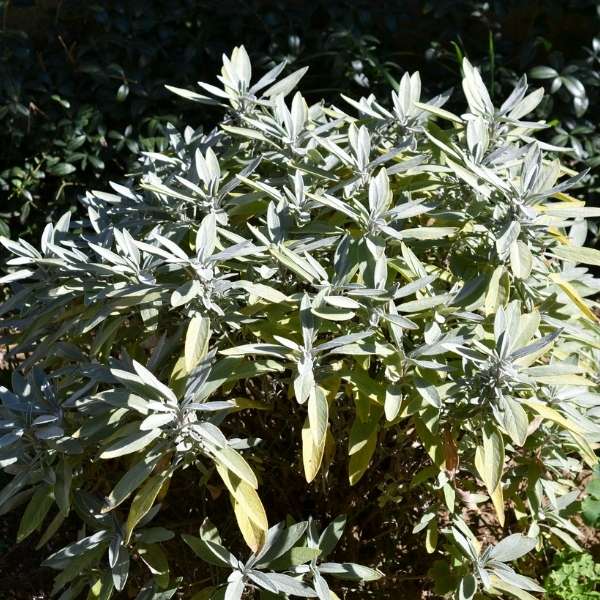
We’d like to maintain accurate and robust plant listings. If you see information that is not correct or that could be added to improve the listing, please let us know. Or if you’d like to suggest a plant to add to our plant guide, you can use this form do so. Thank you!
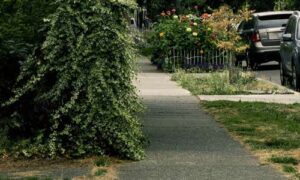
Start a garden in a planting strip along the street. Explore our interactive corridor map, find what to grow, and start nurturing today.
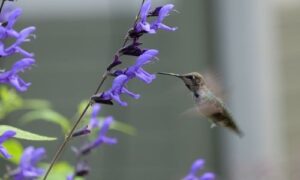
Protecting the trees and other vegetation that what we currently have is perhaps the most important way to ensure biodiversity in cities.
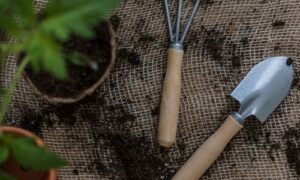
New types of vegetation can attract additional wildlife to an area. You might be surprised how a little green can go a long way!
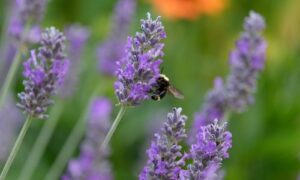
Check out our list of local wildlife-supporting plant stores and nurseries, organizations, and community science opportunities.
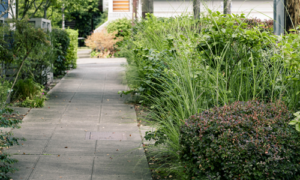
Do you want to plant a tree, create butterfly habitat, or start a vegetable garden but don’t have a yard? Learn how planting strips are a great place to start your own garden!
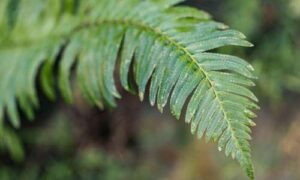
Despite the urban character and the high population density, a surprising diversity of life exists in Capitol Hill. Explore a few physical aspects of our urban ecosystems and meet some of its more-than-human residents.
Nature of Your Neighborhood is a collaboration between Birds Connect Seattle, the Capitol Hill EcoDistrict, and the Seattle Bird Conservation Partnership. Our goal is to foster relationships between the people and the nature of their neighborhoods.